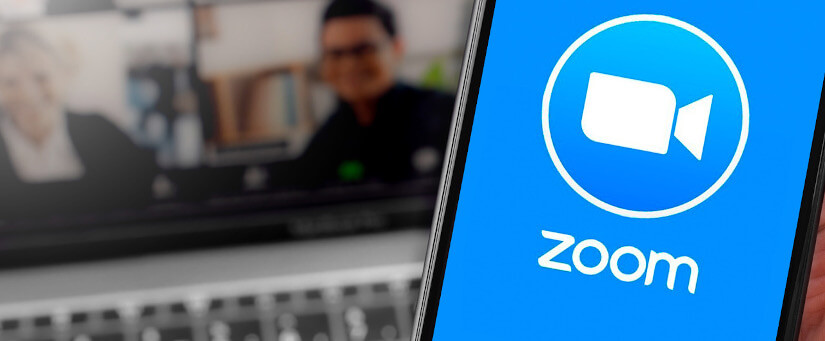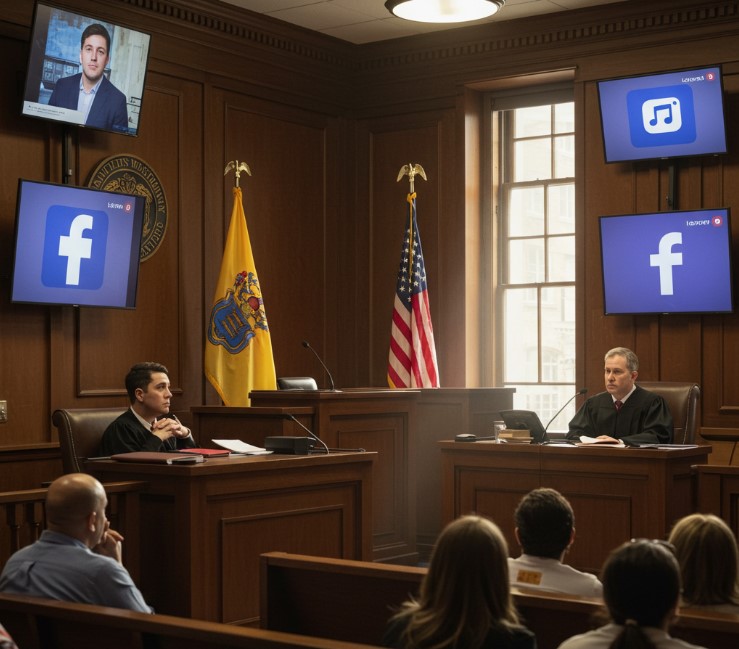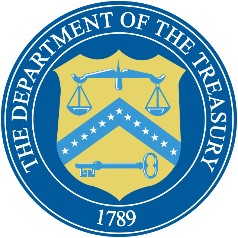In the wake of the pandemic, and the corresponding restrictions, Zoom, Skype, Facetime, Hangout, Microsoft Teams, and other video conferencing applications have allowed virtual meetings, ceremonies, social gatherings, and information sharing sessions to occur. As much as we may not want to admit it, face-to-face interactions are sometimes a must (or just a plus), so now this equates to face-to-screen meetings. This now widespread and necessary mode of video conference communication has forced us to look into other’s homes and has sparked the implementation of a new set of rules, norms, and guidelines.
Here are some tips that can assist with the use of these conferencing applications that have now become part of our new normal. These suggestions can maintain or even enhance your professional image. Still, they may also limit liability, for both you and your organization, and possibly even save you from some inappropriate, unprofessional, and downright embarrassing “footage.”
Stage your home or remote office. Make sure you get rid of dirty laundry and trash, your bed frame, unmade beds, empty wine glasses, bottles of alcohol, and inappropriate or offensive posters, pictures or images. This is important because the attendees are not just seeing, and judging you, but also whatever the video camera points to. Now is not the time to accidentally display an x-rated image or an inappropriate meme poster in the background. On a technical note, look your best by adding lighting in front of you, which will enhance your on-screen image. It is important to note that the background can and will bias those that see it, so make sure you do a test run to see what exactly appears in the environment. Virtual backgrounds are also a possibility. That said, make sure those are appropriate and portray the image that you would like represented.
Use the video camera option if you can. It reminds people of who you are andwhat your image is, while giving attendees the best chance to engage virtually. Also, it is important to permit everyone to see facial expressions, body language, and gestures, which helps to build trust and communicates far more than the actual spoken word.
Position your camera correctly. Make sure someone is not staring at your chin or up your nose. The camera also should be stable and steady. You can consider standing or having the view from the waist up. This can give the meeting energy and allow you to maximize the use of gestures and body language. Investing in a good camera or headset may be a worthwhile business expense at this time.
Do a test run. Record yourself and see how you will appear. See how loud your microphone is, how the lighting on your camera appears, and where the camera should be positioned. Decide if you need to mute or unmute yourself and when you should do that.
Keep in mind technology issues and internet service interruption. These issues are far more common in a home office in which IT is not on site. You might want to consider letting someone get back into a meeting if their connection was cut accidentally.
Mute if you are not talking. This will eliminate background noise and conversations or discussions that you do not want your colleagues to hear. It also allows those in attendance to focus and not be potentially distracted by what is going on at your house.
Dress for success. Dress code is equally important, whether you’re in an actual or virtual meeting. Portray that professional image that you want to be remembered by. Professional dress, versus pajamas, leggings, boxers, and sweats is recommended. It also gets you into a “work” mentality and could help make your day seem a little more “normal.”
Be aware of the features and settings that are available to the host. Some could include screen sharing, annotating, file sharing, turning on or off video and audio, and chat capabilities.
Make “camera” contact. What I mean by this is look into the camera and make virtual eye contact.
Be prepared. This will make the meeting as efficient and beneficial as possible. Have all information, links, and materials prepared in advance and ready to go prior to the meeting. If there is an agenda, review it.
Find a quiet space for your meeting and limit distractions as much as possible. There is nothing wrong with putting a note on the door that says, “Do Not Disturb- Meeting in Progress.”
Avoid multitasking and engaging in distracting activities during the meeting. It may be tempting while working remotely but resist the temptation.
Keep private moments out of the meeting. YouTube is replete with videos in which a meeting attendee thinks that the camera video or audio is off and either goes to the bathroom, picks their nose, scratches their body, or has a private conversation, or even a fight, with a family member. These are moments others do not want to see or hear. They also do not help your career in the least bit.
Keep the meeting on track. Be mindful of the value of time. Set an agenda beforehand and stick to it, just like you would at an in-person meeting.
Only have those attend that need to be there. Think of not inviting those who can be briefed after the meeting, or who can simply watch a video-recording of the meeting. This keeps the meeting focused and on track. It will also limit potential technical issues, time-consuming, unnecessary conversations, and vying for the microphone or the camera.
Prior to the conference or meeting, assess if you can have the meeting be a presentation or webinar, rather than an interactive engagement. This is a feature of many videoconferencing applications. Attendees can always submit questions during, before, or after the meeting, so information is received and absorbed. You really only need a meeting if live interaction is necessary. Webinars and presentations can be just as valuable.
Do not eat during the conference. Nobody wants you to hear you chewing or see food in your mouth. This can turn people off in an instant and can be very distracting.
Speaking of eating, do not drink alcohol during the meeting. Also, make sure if you must drink something else, that any mugs or cups that you are using do not contain offensive slogans or images. Also, be mindful of slurping or sipping, which can be distracting.
Finally, we all know that smoking is bad for your health. That said, you should not be smoking or vaping anything during a meeting! Enough said.
Be engaging. Make sure you check for questions that come through during the meeting. Use interactive queries and polls to make the meeting appealing.
The host should be the last to leave the meeting. This is respectful and makes sure others have a chance to ask the host any crucial questions.
Remember to keep private meetings private. You do have the ability to set a unique code or password that corresponds to your meeting. Make sure you verify who signs in and who you allow to gain access. You may sometimes want to lock the session. Again, YouTube has many examples of “zoombombing” in which someone (i.e., a “troll”) has gained access to a private meeting and shared inappropriate, confidential or offensive information with all that attended. Take care of sending the links and meeting identification privately and only to those you would like to attend. Do not post them on social media or the company’s public website.
Finally, make sure you understand that the company policies and laws are still applicable even in virtual meetings. If something would not be appropriate and would violate the policy in an actual meeting, it would violate policy during a virtual meeting. Companies would be wise to update policies and procedures to include a reference to video conference and working from home.
Video Conferencing Etiquette: It is all Live!
In the wake of the pandemic, and the corresponding restrictions, Zoom, Skype, Facetime, Hangout, Microsoft Teams, and other video conferencing applications have allowed virtual meetings, ceremonies, social gatherings, and information sharing sessions to occur. As much as we may not want to admit it, face-to-face interactions are sometimes a must (or just a plus) so now this equates to face-to-screen meetings. This now popular, and necessary, mode of video conference communication has forced us to look into other’s homes and has sparked the implementation of a new set of rules, norms and guidelines.
Here are some tips that can assist with the use of these conferencing applications that have now become part of our new normal. These suggestions can maintain or even enhance your professional image but may also limit liability, for both you and your organization, and possibly even save you from some inappropriate, unprofessional, and downright embarrassing “footage.”
Stage your home or remote office. Make sure you get rid of dirty laundry and trash, your bed frame, unmade beds, empty wine glasses, bottles of alcohol, and inappropriate or offensive posters, pictures or images, this is important because the attendees are not just seeing, and judging you, but also whatever the video camera points to. This is not the time to display an x-rated image or an inappropriate meme poster in the background. On a technical note, look your best by adding lighting in front of you which will enhance your on-screen image. It is important to note that the background can and will bias those that see it so make sure you do a test run to see what exactly appears in the background. Virtual backgrounds are also a possibility. That said, make sure those are appropriate and portray the image that you would like portrayed.
Use the video camera option if you can. It reminds people of who you are, what your image is, while giving attendees the best chance to virtually engage. Also, it is important to permit everyone to see facial expressions, body language, and gestures, which helps to build trust and communicates far more than the actual spoken word.
Position your camera properly. Make sure someone is not staring at your chin or up your nose. The camera also should be stable and steady. You can consider standing or having the view from the waist up. This can give the meeting energy and allow you to maximize the use of gestures and body language. Investing in a good camera or headset may be a worthwhile business expense at this time.
Do a test run. Record yourself and see how you will appear. See how loud your microphone is; how the lighting on your camera appears; and where the camera should be positioned. Decide if you need to mute or unmute yourself and when you should do that.
Keep in mind technology issues and internet service interruption. These issues are far more common in a home office in which IT is not on site. You may want to consider letting someone get back into a meeting if their connection was cut accidentally.
Mute if you are not talking. This will eliminate background noise and conversations or discussions that you do not want your colleagues to hear. It also allows those in attendance to focus and not be potentially distracted by what is going on at your house.
Dress for success. Dress code is equally important whether you’re in an actual or virtual meeting. Portray that professional image that you want to be remembered by. Professional dress, versus pajamas, leggings, boxers, and sweats, also gets you into a “work” mentality and could help make your day seem a little more “normal.”
Be aware of the features and settings that are available to the host. Some could include screen sharing, annotating, file sharing, turning on or off video and audio, and chat capabilities.
Make “camera” contact. What I mean by this is look into the camera and make virtual eye contact.
Be prepared. This will make the meeting as efficient and beneficial as possible. Have all information, links and materials prepared in advance and ready to go prior to the meeting. If there is an agenda, review it.
Find a quiet space for your meeting and limit distractions as much as possible. There is nothing wrong with putting a note on the door that says, “Do Not Disturb- Meeting in Progress.”
Avoid multi-tasking and engaging in distracting activities during the meeting. It may be tempting while working remotely, but resist the temptation.
Keep private moments out of the meeting. YouTube is replete with videos in which a meeting attendee thinks that the camera video or audio is off and either goes to the bathroom, picks their nose, scratches their body, or has a private conversation, or even a fight, with a family member. These are moments others do not want to see or hear. They also do not help your career in the least bit.
Keep the meeting on track. Be mindful of the value of time. Set an agenda beforehand and stick to it, just like you would at an in-person meeting.
Only have those attend that need to be there. Think of not inviting those who can be briefed after the meeting, or who can simply watch a video-recording of the meeting. This keeps the meeting focused and on track. It will also limit potential technical issues, time consuming unnecessary conversations, and vying for the microphone or the camera.
Prior to the conference or meeting, assess if you can have the meeting be a presentation or webinar, rather than an interactive engagement. This is a feature on many videoconferencing applications. Attendees can always submit questions during, before, or after the meeting so information is received and absorbed. You really only need a meeting if live interaction is necessary. Webinars and presentation can be just as valuable.
Do not eat during the conference. Nobody wants you hear you chewing or see food in your mouth. This can turn people off in an instant and can be very distracting.
Speaking of eating, do not drink alcohol, during the meeting. Also, make sure if you must drink something else, that any mugs or cups that you are using, do not contain offensive slogans or images. Also, be mindful of slurping or sipping which can be distracting.
Finally, we all know that smoking is bad for your health. That said, you should not be smoking or vaping anything during a meeting! Enough said.
Be engaging. Make sure you check for questions that come through during the meeting. Use interactive queries and polls to make the meeting engaging.
The host should be the last to leave the meeting. This is respectful and makes sure others have a chance to ask the host any important questions.
Remember to keep private meetings private. You do have the ability to set a unique code or password that corresponds to your meeting. Make sure you verify who signs in and who you allow to gain access. You sometimes may want to lock the meeting. Again, YouTube has many examples of “zoombombing” in which someone (i.e. – a “troll”) has gained access to a private meeting and shared inappropriate, confidential or offensive information with all that attended. Take care in sending the links and meeting identification privately and only to those who you would like to attend. Do not post them on social media or on the company’s public website.
Finally, make sure you understand that the company policies, and laws are still applicable even in virtual meetings. If something would not be appropriate, and would violate policy in an actual meeting, it would also violate policy during a virtual meeting. Companies would be wise to update policies and procedures to include reference to video conference and working from home.













